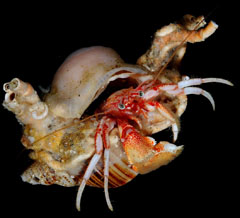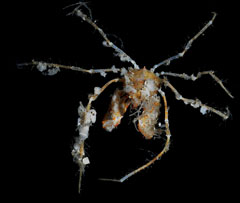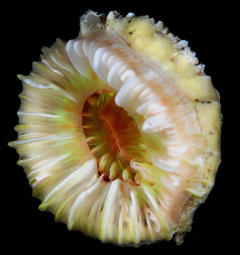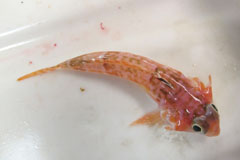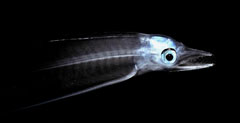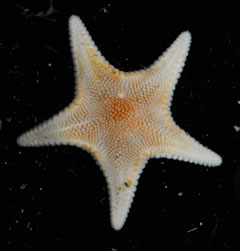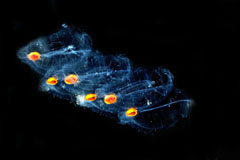James Clark Ross 2013 Survey of Marine Wildlife
Marine Biologist Sue Scott wrote an article on the voyage in the August 2013 Tristan da Cunha Newsletter from which we copy part of her introduction: The British Antarctic Survey (BAS) ship James Clark Ross (JCR) works in polar regions in the summer seasons, repositioning from the Antarctic to the Arctic in May/June each year. Tristan is a relatively minor detour on this repositioning cruise, and BAS scientist Dr David Barnes realised that this provided a unique opportunity to look at marine life in deeper water around Tristan using the JCR's specialised sampling equipment. Although we have basic information on life in the shallow sea around the Tristan islands from Darwin Initiative-funded diving surveys, we know little about what lives on the seabed below 40m, the depth to which we can dive safely. The Darwin Initiative funded three days ship work at Tristan, and, also recognising this unique opportunity, the Pew Charitable Trusts' Global Ocean Legacy agreed to fund two extra days at Tristan, and two at Gough, 200 miles to the southeast, where the marine life is even less well studied. Below we publish stunning images of some of the species found. In due course we will add other relevant information and add individual species to our separate catalogue of Tristan's marine wildlife on linked pages. |
||
|
|
Left: Hermit crab in whelk shell with anemone and tubeworms Right: Spider Crab Photos with black backgrounds by |
|
|
|
Cup Coral
|
|
Left: Dragonet |
|
|
|
|
|
|
|
|
Left: Starfish Right: Chain of salps from the mid water trawl |
|
|
|
|
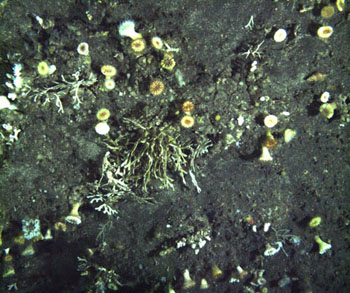 |
Image of the seabed off Tristan Photo: Sue Scott |
|
A tray of specimens from the trawl. Photo: Sue Scott |
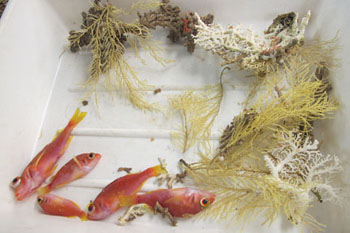 |
|

